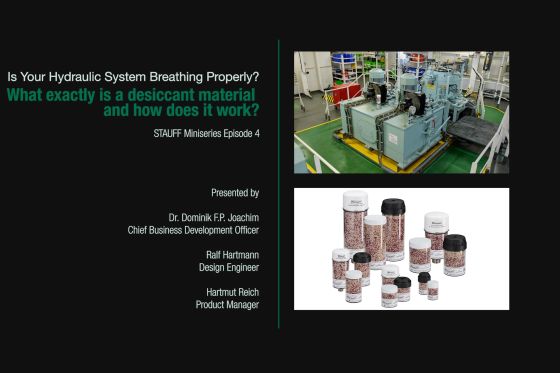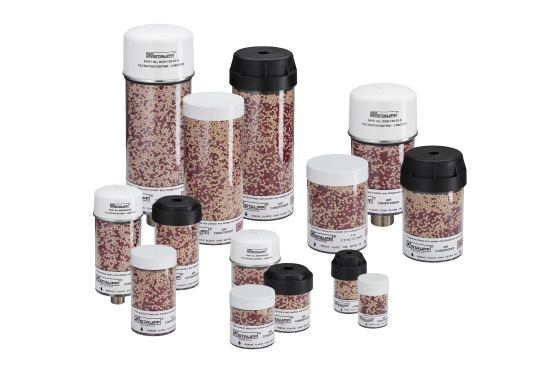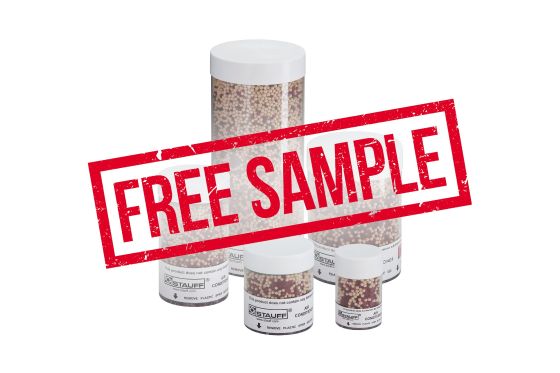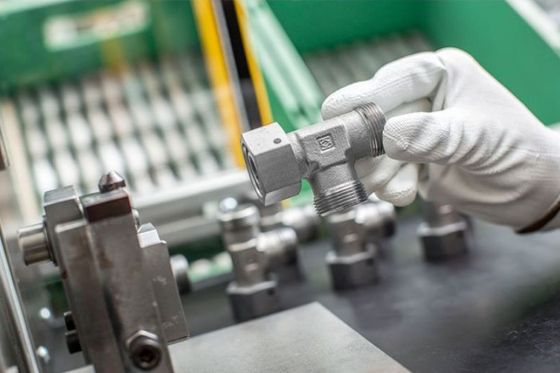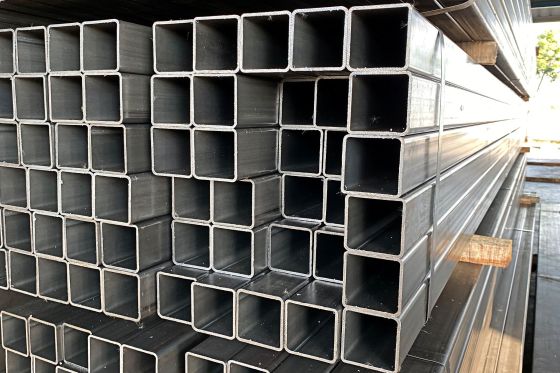What exactly is a desiccant material and how does it work?
Episode 4 of the STAUFF Miniseries "Is Your Hydraulic System Breathing Properly?"
We all know those little sachets that come with electric appliances, with clothing shipped in plastic bags and even in food packaging: Silica gel removes moisture wherever it is not wanted, and is also used in the silica gel breathers for hydraulic line systems. See for yourself:
Did you know: You can turn on subtitles by clicking the CC button at the bottom of the video.
Watch this and all other episodes of this STAUFF Minseries on Youtube instead.
How does the desiccant material in silica gel breathers work?
We usually throw these little silica gel sachets away as soon as we have unpacked the product. They are often actually marked with the specific instruction “Throw away”. They are indeed useless once an electric appliance is unpacked or an outdoor jacket is worn. They are crucial, on the other hand, when moisture-sensitive products are transported in sealed containers to prevent mould on food or textiles, rust and corrosion on metal objects or to prevent shipped goods from becoming damp and deformed.
Silica gel is another name for diatomaceous earth. Both names are misleading though: It is neither a liquid gel nor a soil-like substance, but rather a rubbery artificial substance. The chemical composition of these small beads means that they have an enormous moisture deficit for their size which they compensate by drawing water from the air. This makes them so valuable and effective wherever moisture is not wanted.
In addition to molecular sieve, another strongly adsorbent material, they are used in all series of the STAUFF silica gel breathers. They reliably filter moist air and prevent the ingress of moisture into the hydraulic system through the hydraulic reservoir.
A little advice for daily life
Do not throw out these little sachets straight away. If you store them in an airtight container, they have various practical applications. Here are a few examples:
Leather shoes in particular are sensitive to water and should never be dried with a hair dryer or placed on a radiator. Stuff them with newspaper and/or several silica gel sachets. Even old photographs, delicate paper or artwork can be protected against moisture with silica gel. Once these have been filed, simply slip the sachets into the plastic protectors. Even hiking backpacks or gym bags that have become a little smelly over time can be rescued: Silica gel also binds bad odours.
But you should not expect too much of an effect from the small amounts that come with typical household packaging. After some time, the beads will be full and unable to absorb any more water. With undyed materials, it is not obvious when this point has been reached.
The silica gel used in STAUFF silica gel breathers is dyed. With increasing saturation, the colour changes and reliably indicates when the material has to be changed.
Do you already use silica gel breathers in hydraulic systems?
Then share your experiences and leave a comment below this post.

Newsletter Subscription
Receive automatic e-mail notifications about new posts on the STAUFF Blog

